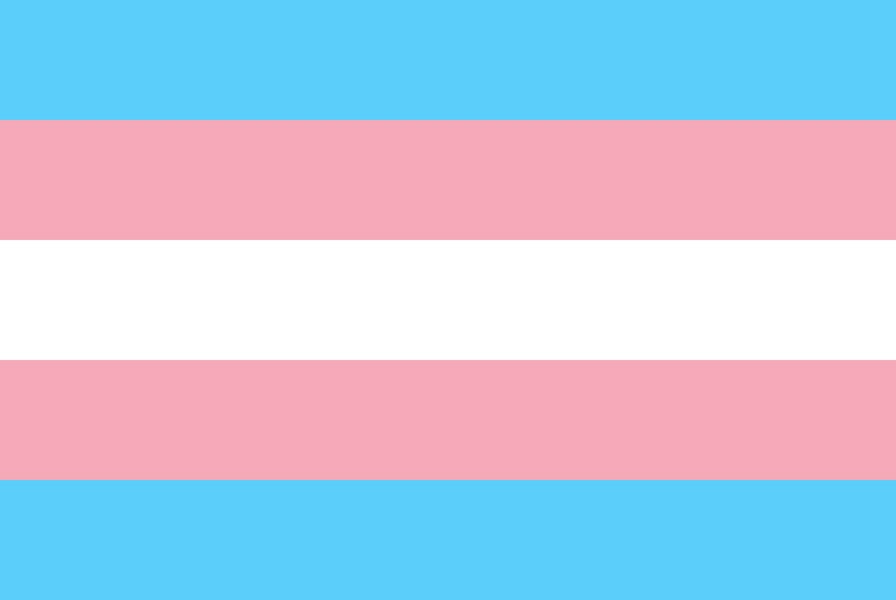I have always been intrigued by history. I love to look at how things came together over time and how advances in knowledge, technology and society — for both good and ill— helped shape the world we live in today.
Being transgender makes me keen on transgender history. The stories of pharaohs and emperors who may well have been trans, for example, shed light on just how many centuries a transgender presence has existed in the world.
History in the modern era includes great advances in trans lives centered on Magnus Hischfeld’s Institut für Sexualwissenschaft and just as much loss at the hands of Nazis.
Hirschfeld’s seminal work, “Die Transvestiten,” paved the way for a greater understanding of transgender people. Harry Benjamin, who met Hischfield in those heady Weimar days, carried the torch, penning his own study of transgender people in the 1960s with, “The Transsexual Phenomenon.”
Benjamin was also known for his famous subject, Christine Jorgensen. While she was far from the first trans woman to undergo surgery, her appearance in mainstream consciousness in 1952 likely contributed to the common understanding of transsexual women.
In the decades since, many other trans names have been widely known: Wendy Carlos, Renee Richards, Roberta Cowell, Candy Darling, Holly Woodlawn, Carolyn “Tula” Cossey, Kate Bornstein, Lana and Lilly Wachowski, Laverne Cox, Janet Mock and so on.
Another patient of Benjamin’s was Reed Erickson, a transman who started what was known as the Erickson Educational Foundation (EEF), where he worked to provide trans information and resources for two decades. He is part of a legacy of amazing, influential trans men such as Louis G. Sullivan, Loren Cameron, James Green, Jude Patton, Alexander John Goodrum, Stephen Whittle, Ian Harvie, Scott Turner Schofield, Shannon Minter, Sean Dorsey and Dr. Kortney Ziegler.
Today, these foundations are essential as the trans experience goes to new frontiers, with nonbinary and genderfluid voices entering the discussion, and a new generation of trans people begin to influence the world.
Today, some people would have you believe that transgender people are a new phenomenon — that we are undergoing care that is untested. A new quack concept labeled, “Rapid Onset Gender Dysphoria,” postulates that given the availability of transgender resources, more and more people are coming out as trans as part of some quickly evolving social contagion. I hasten to give this idea too much air for one simple reason.
It’s nonsense.
Look back on what I’ve written: advances in the understanding of transgender people that began over 100 years ago in Berlin, spreading to the U.S. in the postwar era, and which have blossomed since the 1990s, in part due to the availability of information and decades of transgender people coming out.
For me, coming into the community when I did meant that a lot of the resources weren’t at my fingertips. I had to stumble my way through things. This doesn’t make me any less trans than anyone with the power of a smartphone and today’s internet.
Far from being some insidious group pressure than forces people to become transgender, this availability of information helps people who already know they are trans or nonbinary put a name to their feelings, find others like them and grow into whole, functioning people.
This is not a plot brought on by an out-of-control pharmaceutical cabal like the conspiracy nuts would like people to believe. There is no shadowy trans lobby forcing matters. Indeed, if there were, I don’t think it would be so hard to get transgender care and medication in the world today.
What’s more, this notion of people becoming transgender as a result of peer pressure should be laughed at as loudly as possible. When one does come out as trans, we often face anger and hatred from friends and family, ostracization from peer groups and a whole world that seems willing to tear down our identities at every turn. If we were so swayed by a push toward social conformity, wouldn’t we choose the socially accepted norm instead.
The truth is simple.
For many of us who are trans, we may feel that something isn’t right for years, even decades. In that time, we may grow to feel that our trans leanings are shameful and should be locked away. Those outside of us may never know those feelings are there, under the surface the entire time. Still others may suspect them but have learned to avoid any deep realizations about friends or family members due to their own feelings of shame.
For us, coming out and bringing our truth to the surface may indeed feel like “rapid onset” to those who don’t inhabit our bodies, but many of us have agonized over a decision like this for a very long time.
To outsiders, the decision seems to come in a snap. But those same people never heard of transgender folks until the moment Caitlyn Jenner squeezed into lingerie on the cover of Vanity Fair.
I assure you, however, just like the trans community has a long history, so do our innate feelings about our gender — of the lack thereof. There’s simply nothing “rapid” to it.
Gwen Smith does almost nothing rapidly. You can find her at www.gwensmith.com.
